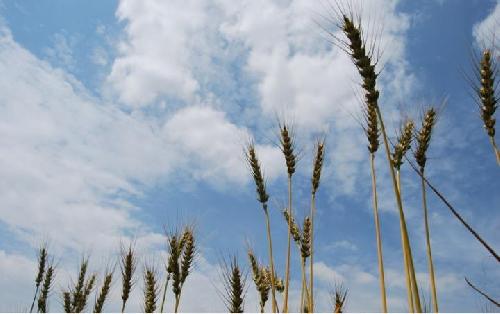While wheat has been much maligned recently for it's gluten content, and new suspicions casted about as to its nutritional value, scientists have been eager to trace the evolutionary history of wheat to better understand the pasta wheat currently available.
Since the dawn of agriculture, humans have been selecting plants to maximize both the crop yield and food benefits. But which has left the larger genomic footprint, and are there evolutionary tradeoffs with domestication?
In a new study published in the early online edition of Molecular Biology and Evolution, scientists Romina Beleggia, Roberto Papa et al., examined the rich evolutionary history of pasta wheat by measuring the changes in metabolic content from three different populations and exploiting innovative population genomics methods. Each represents the two main periods of wheat domestication: the transition from wild to emmer (an easier to harvest grain first used during the Bronze Age about 12,000 years ago) to durum wheats (to be distinguished from bread wheat also known as pasta wheat, about 10,000 years ago), which greatly affected grain sizes and shapes, spreading to the Mediterranean, to forever change the human diets and palates with new foods like pasta and couscous.

The authors have now shown that the initial domestication of emmer wheat involved a reduction in unsaturated fatty acids and the secondary domestication of durum wheat from emmer wheat involved changes in amino acid content.
"Our results indicating a reduction of the UFA/SFA ratio may suggest that not necessarily all of the metabolic variations that occurred during domestication have proceeded towards an amelioration of the nutritional quality, probably because yield-related traits were given priority during the domestication process," said Roberto Papa, corresponding author of the study.
With the new data, the authors speculate that the selection for nutritional quality on the one side and the selection for adaptation to benefit yield on the other side was characterized by a greater provision of nitrogen. Finally, the authors offer some suggestions, based on a wide use of genetic diversity from landraces and wild germplasm, to help select useful traits that can be identified and further incorporated into modern pasta wheat production.





Comments